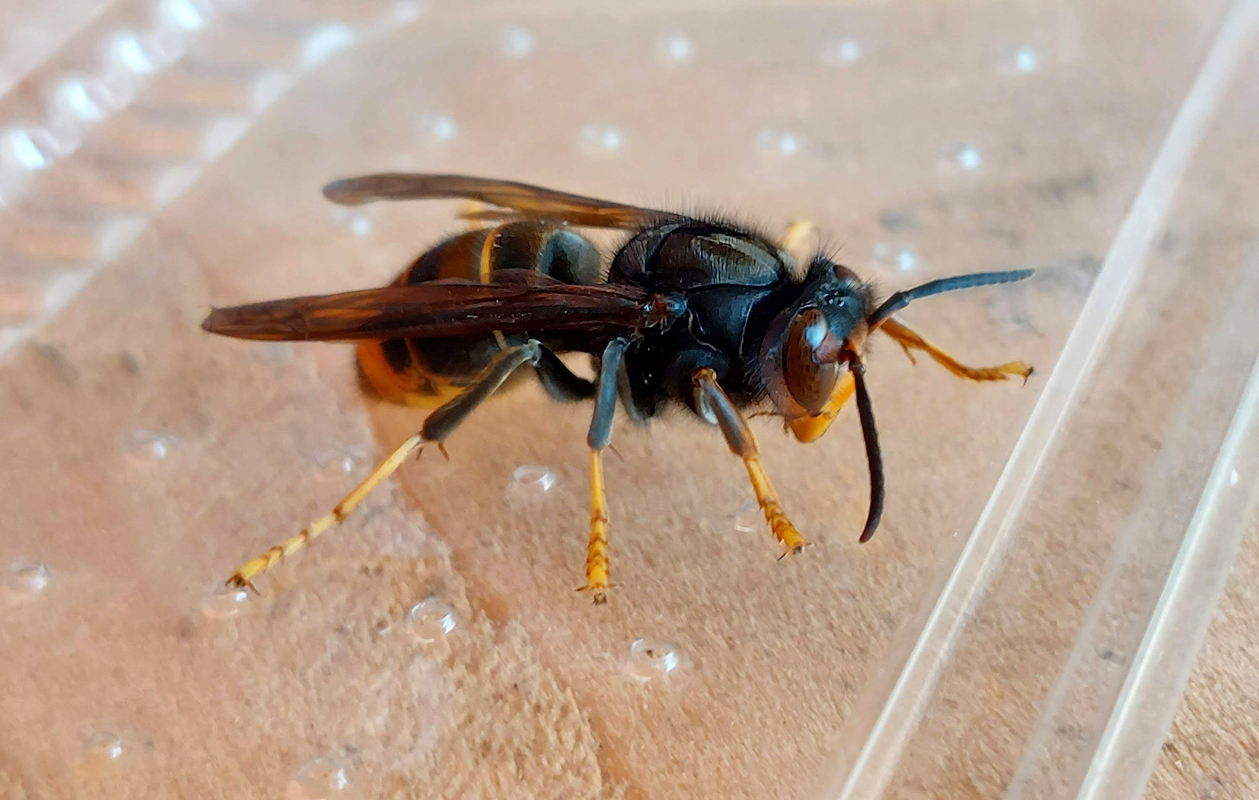Its easy to get disillusioned with a local patch when you see reports going on all around you of spring migrants teaming through. From our place, I see tales of waders, passerines and raptors popping up in all manner of parks, reservoirs and suchlike so when I step out into a stiff icy cold Northerly with no birds I am reminded that 'spring' on the Northumberland coast is almost a myth. Its like those Christmas Cards of Dickensian scenes when we look out on Christmas day to 10 degrees and rain...
But, there are some things that the weather cant hold up forever. Birds that winter in Africa and breed in the northern hemisphere will eventually battle through regardless, its just that Northumberland is one of the final places to see any.
On Sunday we headed out hoping that today would see some arrivals, and for once we were lucky.
The route was from Cullernose Point to Craster in the hope of a Ring Ouzel or at least a Wheatear.
 |
| The view south along the coast from Cullernose. |
As it happens, the first of 5 new patch birds for the year came before I had left the car park. A Willow Tit buzzed briefly from the blackthorn scrub then promptly vanished.
 |
| Redstart |
 |
| This is the view just to the left of the top image. Dunstan to the left and Craster Heughs to the top right. |
We walked around by the harbour and up into the Heughs where a rattling Lesser Whitethroat was the final addition to the year list. Roe Deer flushed and a Sparrowhawk flew overhead. All along, there was asteady but light northerly passage of mostly Swallows with an odd Sand Martin with them.
As we drank tea and ate biscuits at the car, a report came through of a Crane flying N at Tynemouth and Whitley Bay. In the unlikely hope it might track another 30 miles we headed off back to Cullernose to wait it out. As expected, there were no further reports..
At midday, it was time for home, its seems spring has finally sprung after all...
 |
| Eristalis intricaria Hoverfly on Blackthorn. |
 |
| Razorbills loafing on Cullernose. |
 |
| Roe Doe |
































